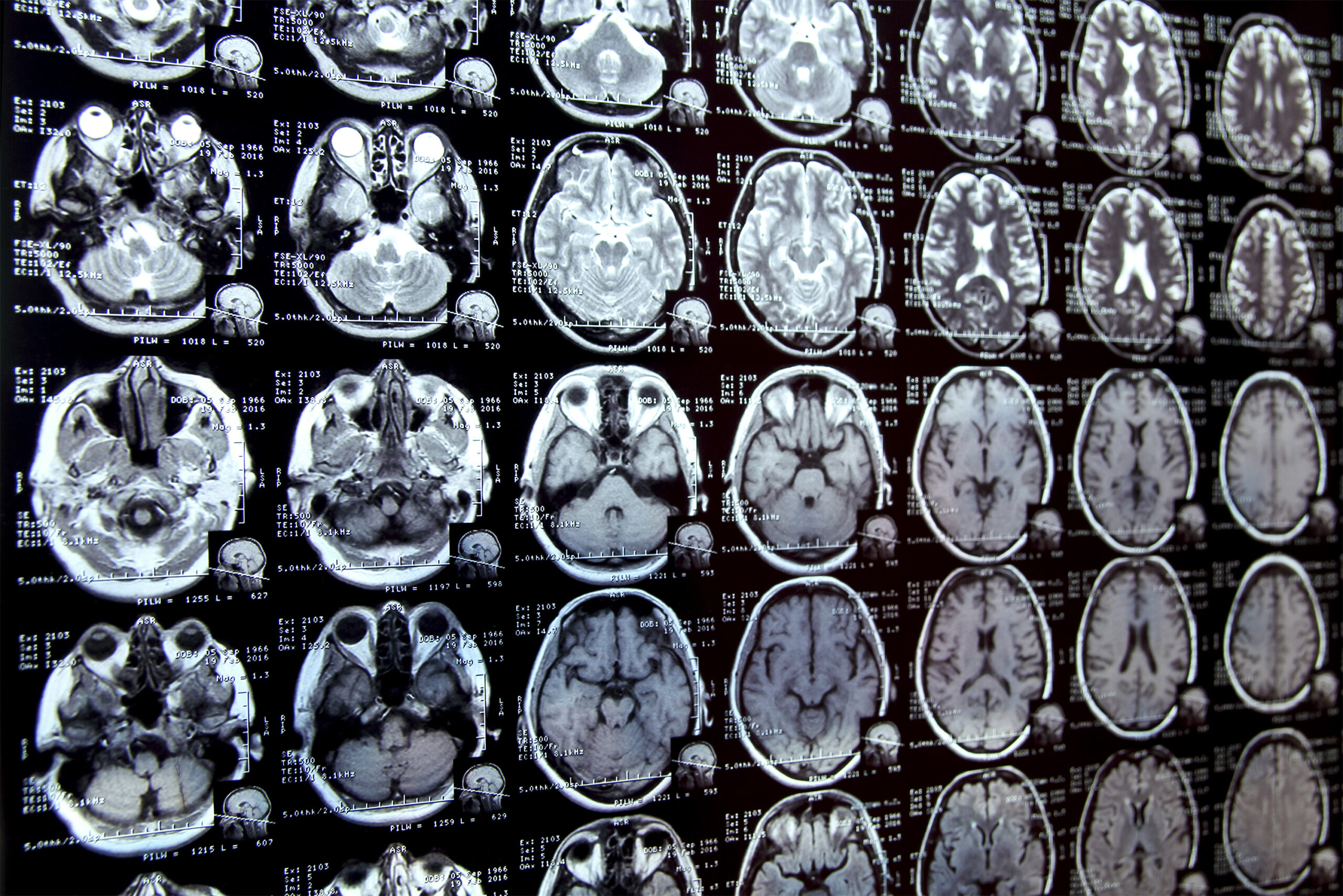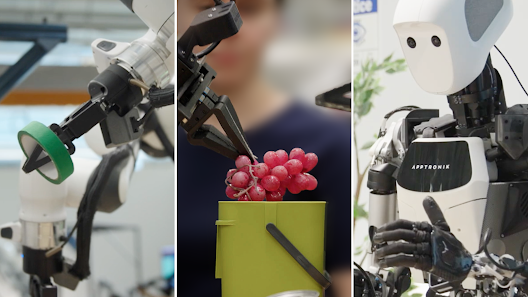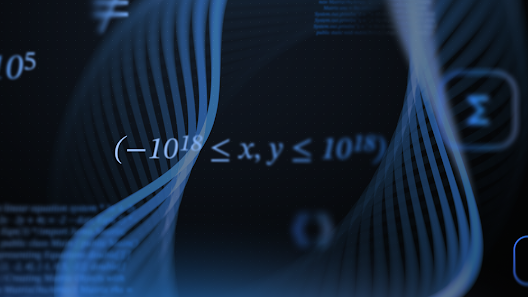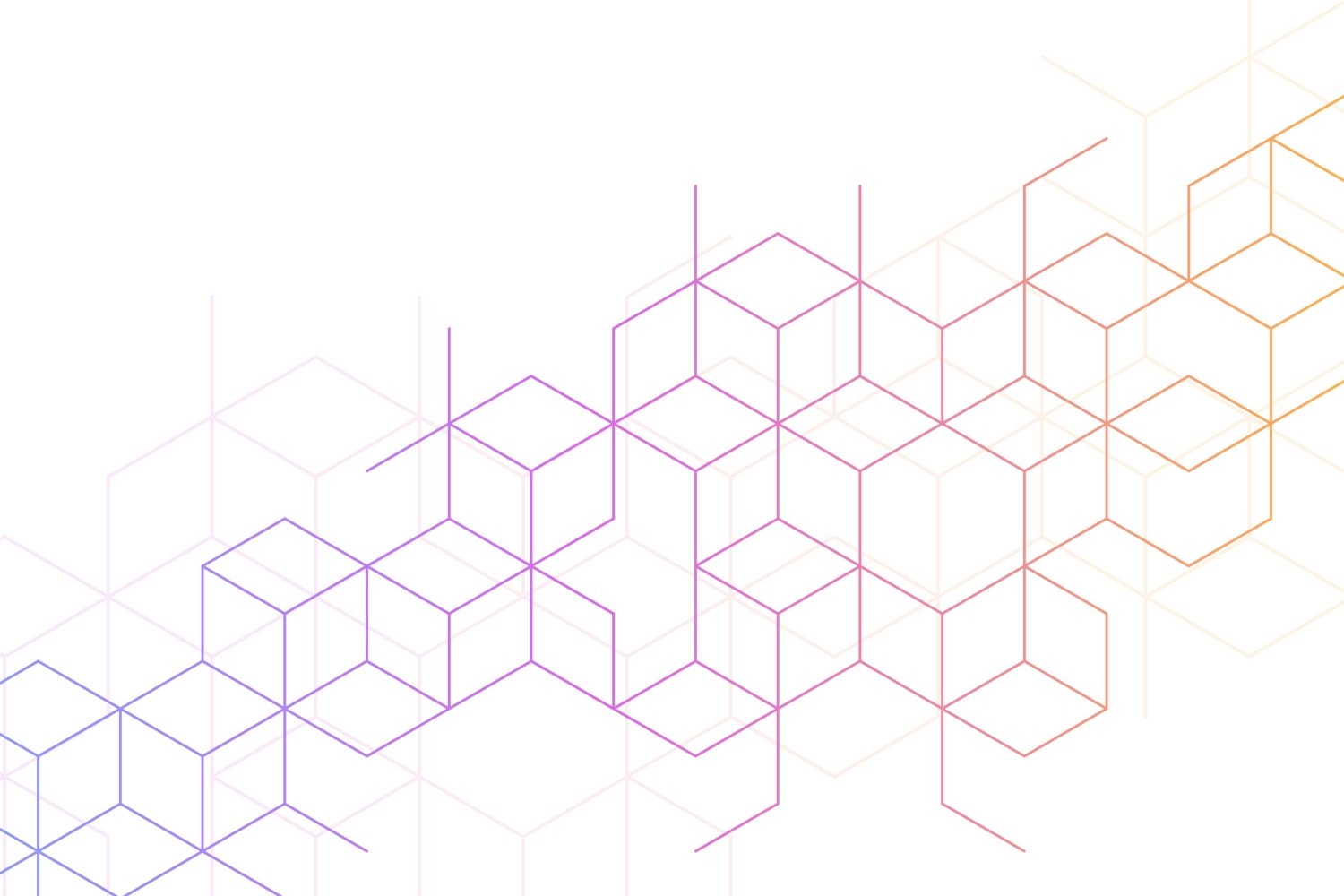Segmenting regions in medical images—such as identifying organs or anomalies—is often the first step in many clinical research studies. However, manually outlining these areas, a task known as image segmentation, can be incredibly time-consuming, especially when dealing with complex structures like the hippocampus in brain scans.
AI-Powered Efficiency in Biomedical Imaging
MIT researchers have developed a groundbreaking artificial intelligence system called MultiverSeg that significantly simplifies the segmentation process. By allowing users to click, scribble, or draw boxes directly onto biomedical images, this system can generate highly accurate segmentations with minimal input.
As users interact with more images, the system learns and improves—eventually requiring no input to accurately segment new images. This is made possible through a unique architecture that references previously segmented data to make increasingly accurate predictions.
Innovation Beyond Traditional Methods
Traditional segmentation tools fall into two camps: interactive tools that require repeated input for each image, or task-specific models that must be trained from scratch using hundreds of pre-labeled images. MultiverSeg bridges this gap by combining the best of both approaches.
Unlike earlier tools like ScribblePrompt, MultiverSeg stores previous segmentations in a context set. This enables it to make smarter predictions with each new image by referencing what it has already learned—saving time, effort, and computational resources.
No Machine Learning Expertise Required
One of the most impressive features of MultiverSeg is its accessibility. Researchers can begin a new segmentation task without needing any prior machine learning experience or pre-segmented datasets. There’s no need to retrain the model—just upload a new image and start marking.
This kind of plug-and-play functionality could be a game-changer for researchers who previously lacked the resources to undertake segmentation-heavy studies. In fact, it aligns with broader developments in AI accessibility, similar to how MIT’s AI system for flu vaccine prediction is democratizing complex biomedical tasks.
Smarter With Every Click
During testing, MultiverSeg required fewer and fewer interactions to achieve high accuracy. By the ninth image, the system needed only two clicks from the user to outperform models specifically trained for that task. In some scenarios, such as working with X-rays, only one or two manually segmented examples were needed before the model could predict the rest on its own.
The tool also allows for iterative refinement. If the model’s prediction isn’t perfect, users can easily correct it—still saving significant time compared to starting from scratch. Compared to older systems, MultiverSeg achieved 90% accuracy with about two-thirds fewer scribbles and three-fourths fewer clicks.
Wider Applications for Clinical & Research Use
Because the model can adapt to datasets of varying sizes, it’s highly versatile and can be used across a wide range of medical imaging applications. From accelerating clinical trials to enhancing radiation treatment planning, the potential is vast.
Looking ahead, the researchers plan to test the tool in real-world clinical settings and expand its capabilities to handle 3D biomedical images. With support from Quanta Computer, Inc., the National Institutes of Health, and the Massachusetts Life Sciences Center, future iterations of MultiverSeg could revolutionize how medical professionals interact with imaging data.
Conclusion
This innovation is more than a technical breakthrough—it’s a powerful enabler for medical science. By cutting down the time and effort required for image segmentation, tools like MultiverSeg are opening doors for new research possibilities and more efficient clinical workflows.






